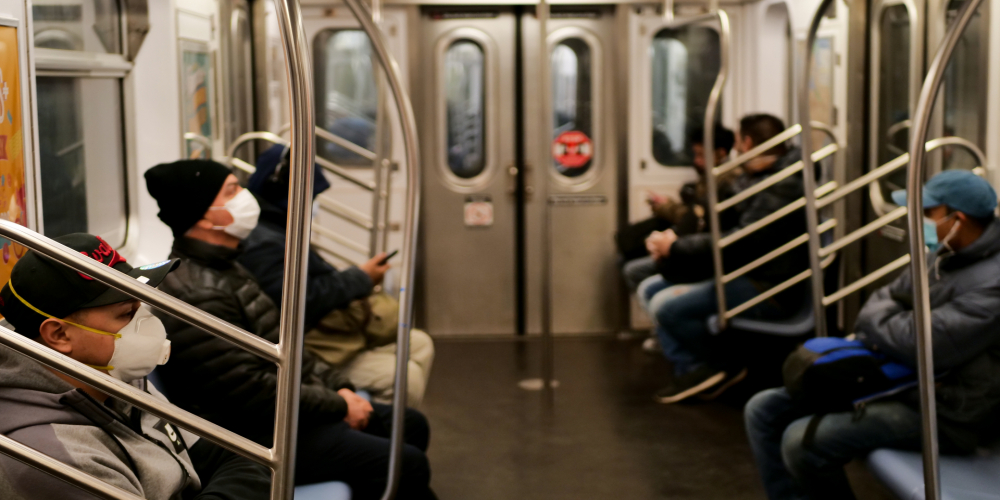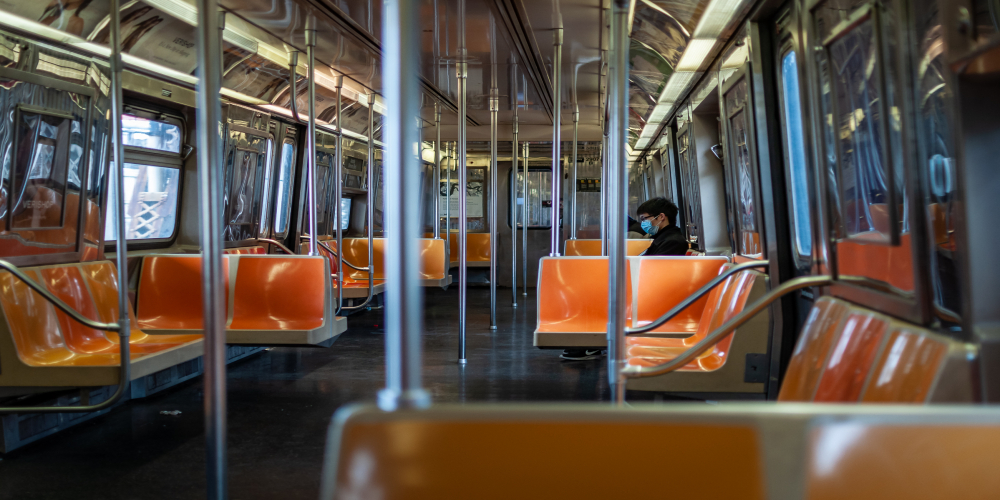Blog
Written by Ira Hirschman and Jenna Goldberg
It has been nearly a year since our last blog about New York City and its COVID-19 related challenges and responses. At that time, uncertainty about how well the City would cope, as well as long-term prospects for recovery, were at their height. Since then, the national, state, and local public health responses have greatly improved. COVID-19 vaccines have been rolled out, and after initial difficulties in production, distribution and administration, vaccines are now plentiful, as is COVID-19 testing.
It has been nearly a year since our last blog about New York City and its COVID-19 related challenges and responses. At that time, uncertainty about how well the City would cope, as well as long-term prospects for recovery, were at their height. Since then, the national, state, and local public health responses have greatly improved. COVID-19 vaccines have been rolled out, and after initial difficulties in production, distribution and administration, vaccines are now plentiful, as is COVID-19 testing.
Written by Scott Middleton and Ira Hirschman
As we enter the second year of the COVID-19 pandemic, transportation planners continue to face an unprecedented set of new challenges. These challenges relate not only to public health, but also to economics. In the world of public transportation, we not only need to move people safely, but we also need to move people affordably.
As we enter the second year of the COVID-19 pandemic, transportation planners continue to face an unprecedented set of new challenges. These challenges relate not only to public health, but also to economics. In the world of public transportation, we not only need to move people safely, but we also need to move people affordably.
Emerging Changes. At the January 2019 Annual Conference of the Transportation Research Board (TRB), the role of technology change and the future of public transportation both received significant attention –in both formal sessions and informal attendee discussions. Three facts seem clear:
Blockchain is a new and potentially transformational technology for tracking of transactions between parties in a verifiable and permanent way that also makes tampering virtually impossible. It is already being tested in use for supply chain management by shipping and trucking companies, and freight railroads are also joining in. On the horizon is the potential for blockchain technology for public transportation, especially insofar as it facilitates more integrated transportation services offered by partner organizations.
The transportation ecosystem is changing rapidly. Individuals have new transportation options, and nationwide trends show transit ridership in decline. New technologies, such as automated vehicles, are expected to continue to reshape mobility in the future. In this environment, transit system owners and operators are seeking to adapt their network design and services. Improved data availability and new processing methods can identify ways to improve transit service.
Tags:
#transit





